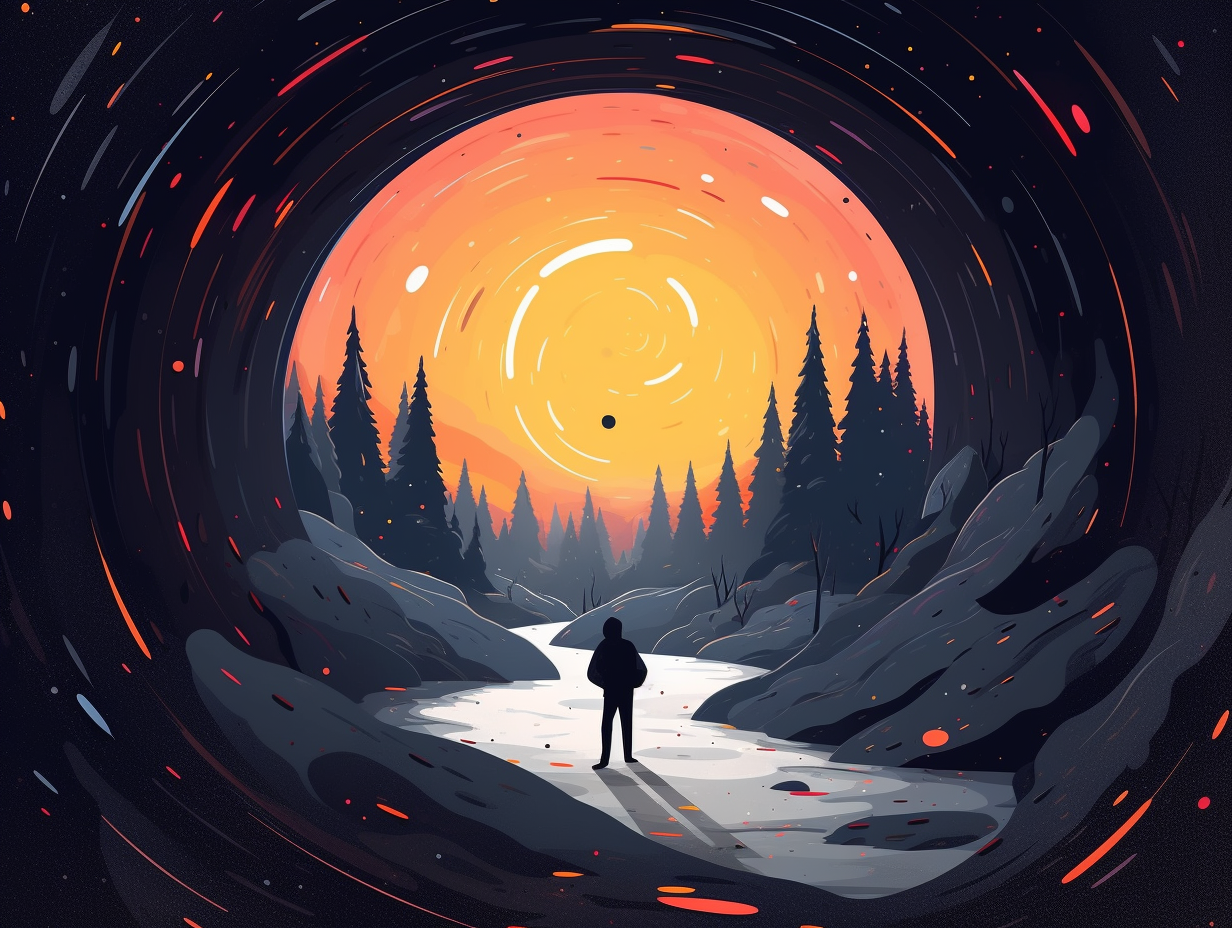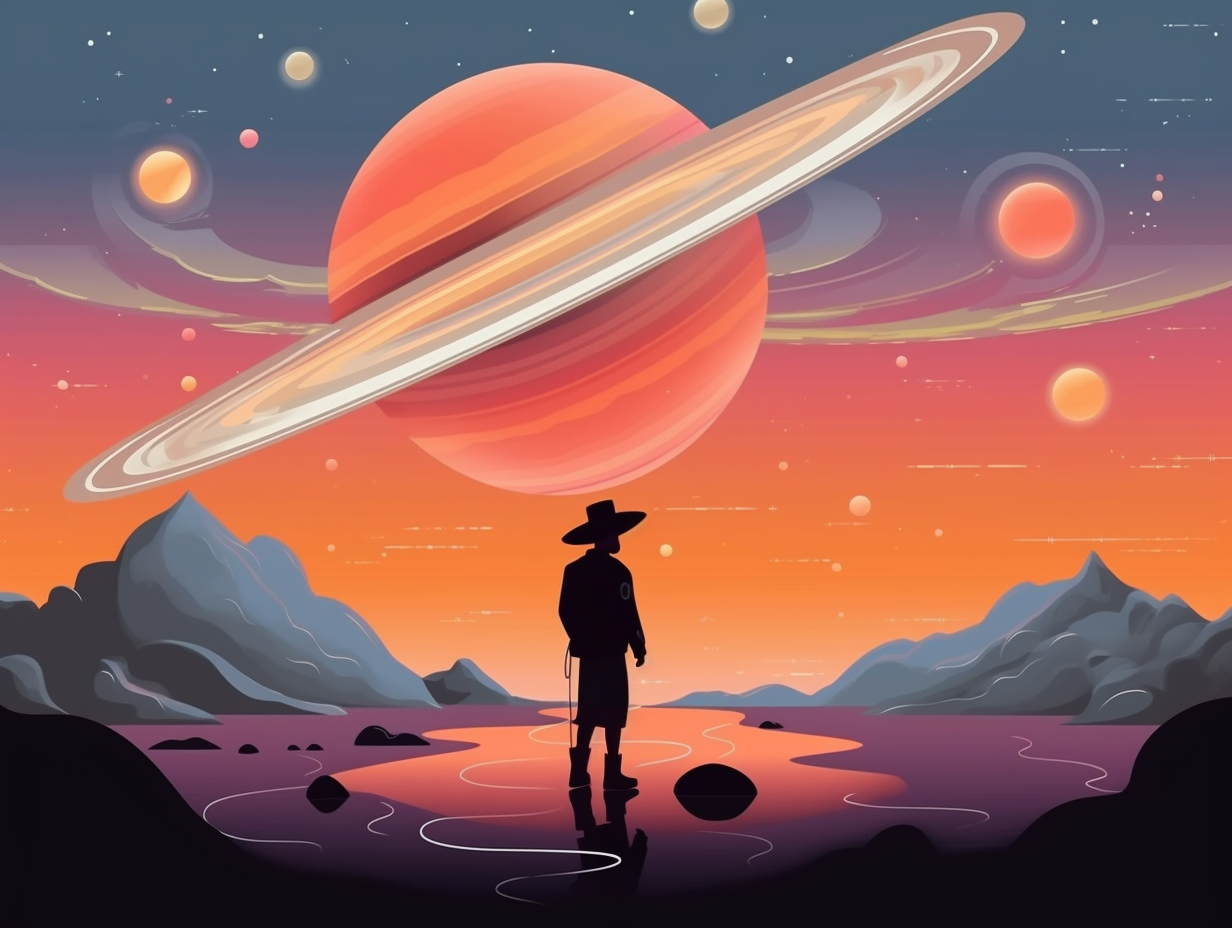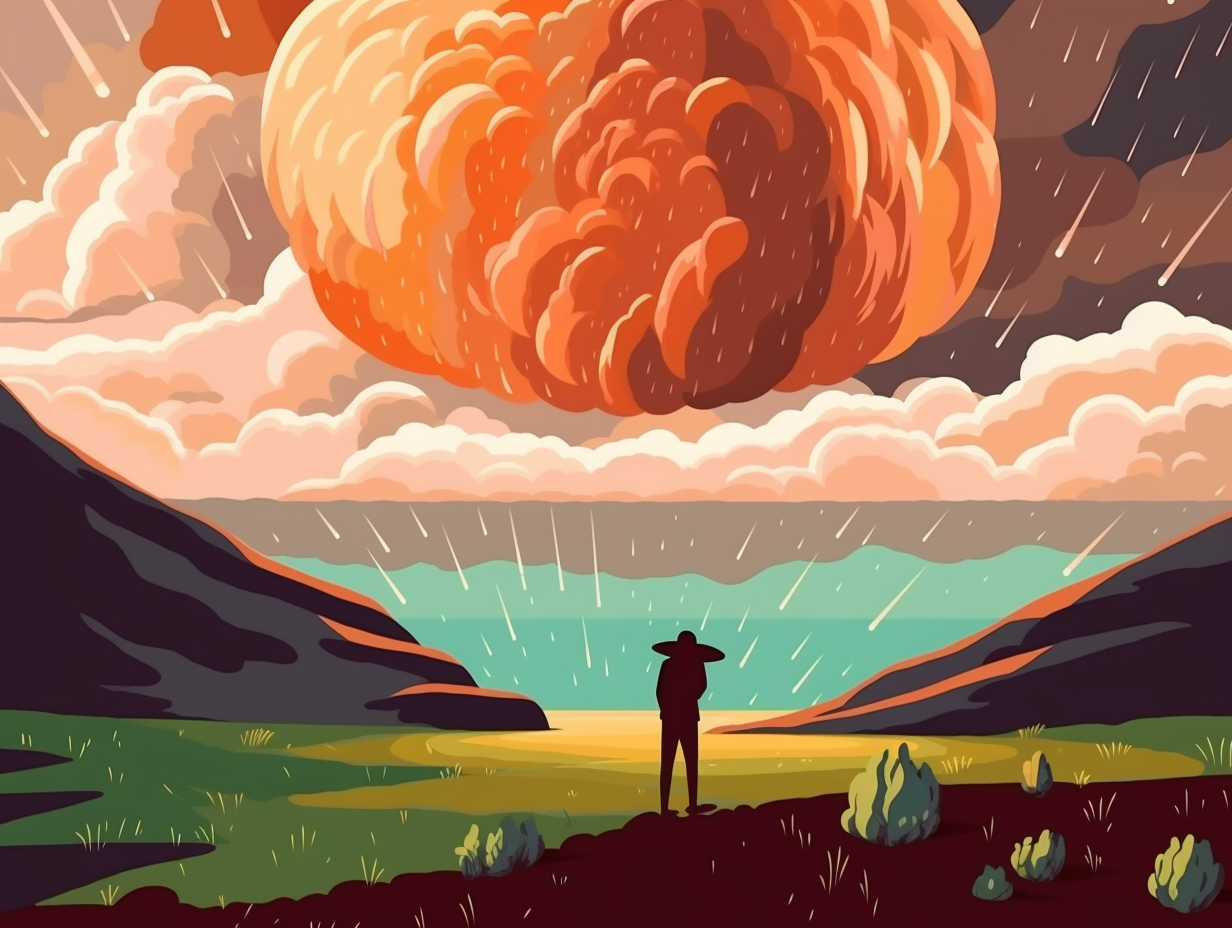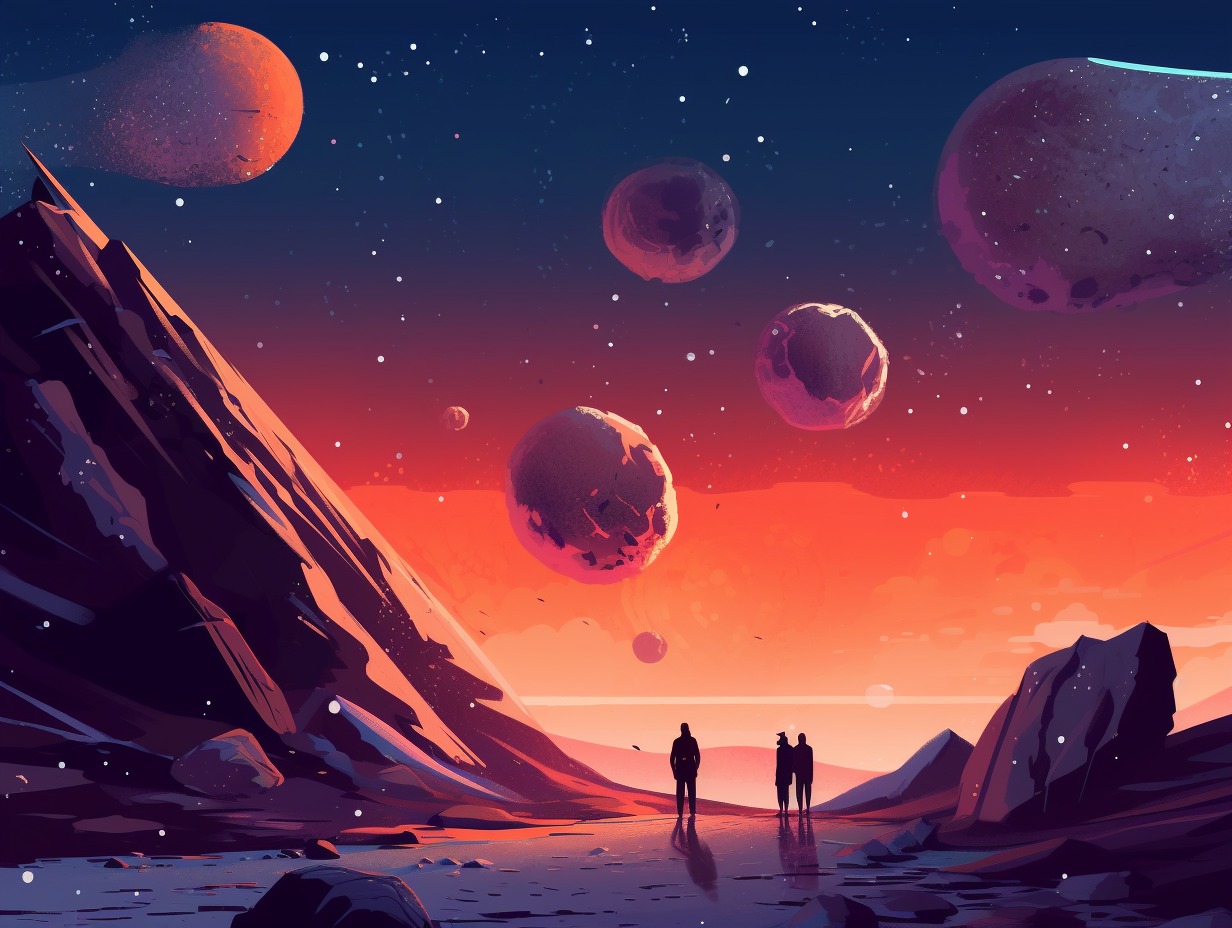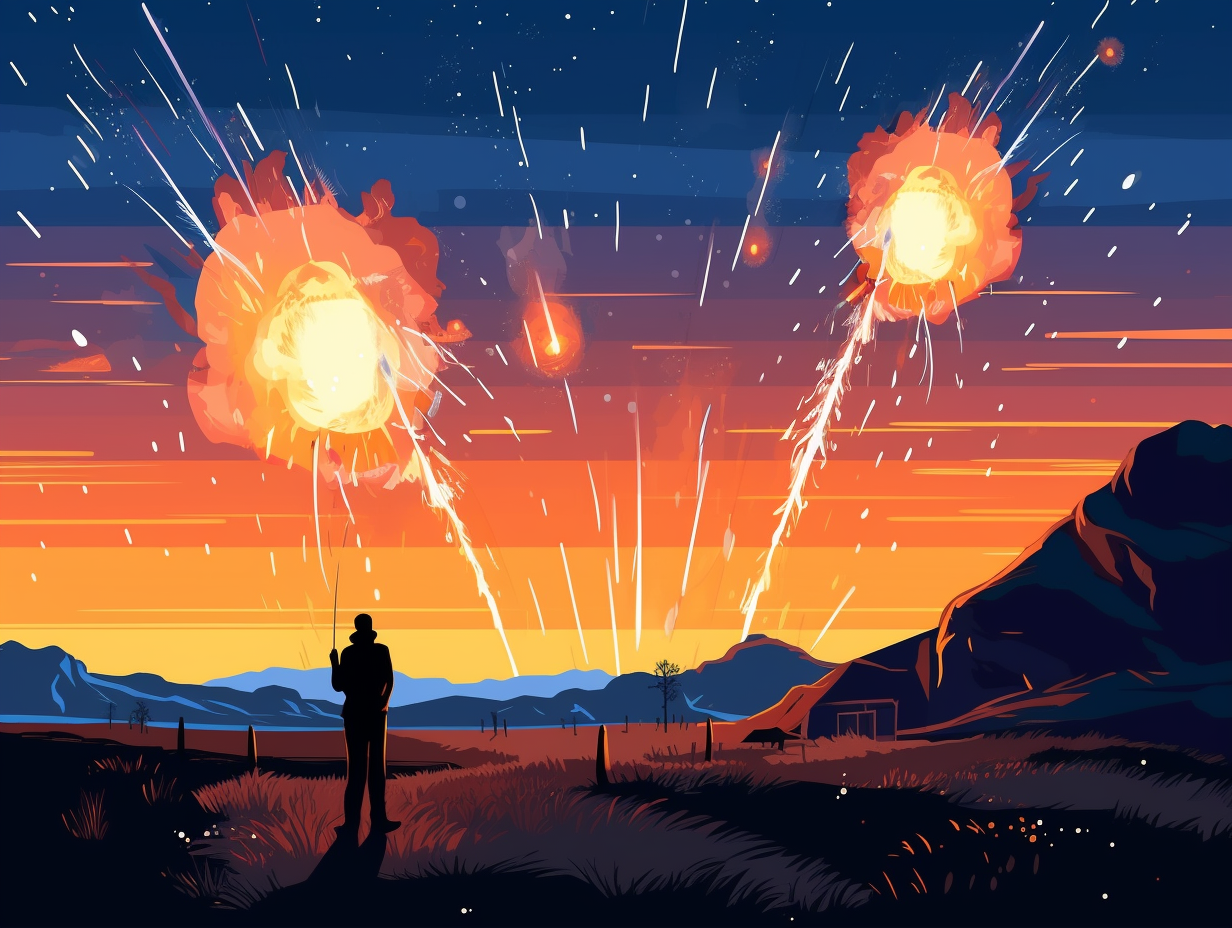13 Fascinating Fun Facts About Red Giants: Unveiling the Secrets of These Cosmic Marvels

1. Chameleon of the Cosmos
Red giants, the ultimate cosmic chameleons, decided one day it was time for a change and swapped sitting on the scorching hot seat like a lobster at a beach bake for a more soothingly warm spa day in the galaxy: Seriously though, red giants boast relatively cool surface temperatures between 4,000 and 5,800 degrees Fahrenheit, a stark contrast to our sun's blazing heat. This cooler vibe and chameleon-like switch have them glowing in the redder part of the spectrum, thus affording them their "red giant" name—even though they might boast more of an "orange giant" aesthetic.
Source => space.com
2. Inflation Anxiety
If red giants went to a therapist, they'd have a clear case of inflation anxiety – ballooning up to 1 billion kilometers in diameter, panicking about how cool they've become, and fearing their imminent and inevitable collapse: These gargantuan stars expand to a whopping 1000 times wider than our sun while their surface temperatures drop to about half as hot, ultimately succumbing to the ravages of old age and transforming into a white dwarf, neutron star, or even a black hole, depending on sheer mass.
Source => space.com

Did you know stars change colors as they heat up and cool down, with red stars being cooler and blue stars being the hottest? Discover their unique life-cycles and how they strut their cosmic style on the color wheel!
=> Fun Facts about Stars
3. Helium Party Mix
What do you get when you mix a really big star with a hearty serving of helium? A red giant that's ready to party with a carbon core: These colossal stars expand up to 100 times their original size as they stubbornly swap hydrogen for helium, forging an array of heavier elements within their cozy cores, and oh, our Sun will join this crimson club in about 5 billion years!
Source => sciencelearn.org.nz
4. The Sun’s Epic Retirement Bash
Ever heard of a sunburn that lasts a million years? Yeah, neither have we, but that's exactly what our Sun is planning for its ultimate retirement bash: In about 7 billion years, it'll expand into a red giant, heating things up to over 5,000 Kelvin and shimmering like the cosmic Blood Moon, on an epic bender that makes a mere lunar eclipse seem like a kiddie party.
Source => syfy.com
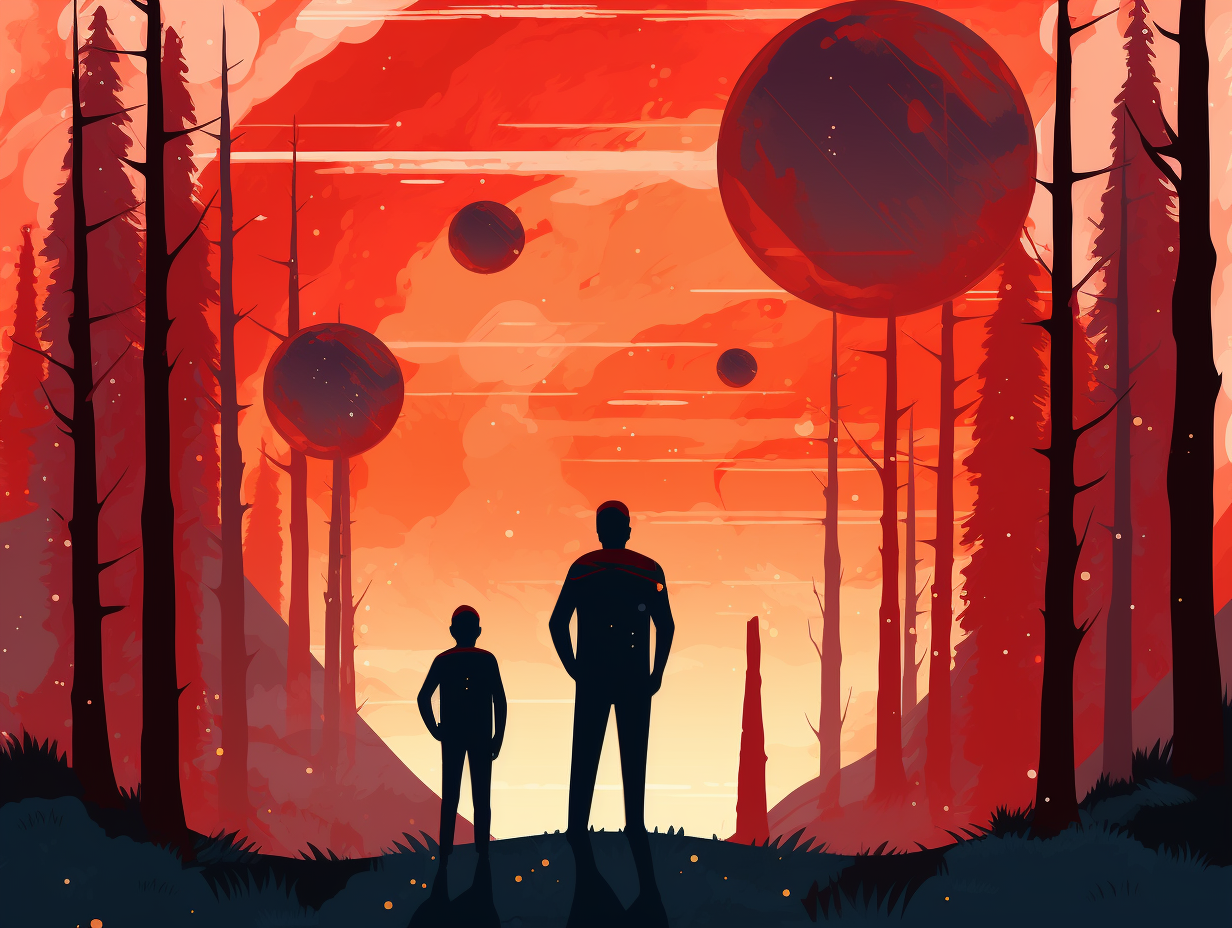
5. Bollywood of the Stars
Step aside, dance sequences in a Bollywood blockbuster: the world of red giants has got a choreography of its own! A dazzling lineup of period-luminosity sequences – A, B, C, C', and A' – showcases the pulsating moves of these cosmic showstoppers, with variations in mass and luminosity that depend on the stellar number's groove, ℓ = 0, 1, and 2.
Source => academic.oup.com
6. Red Giants' Colorful Wardrobe
Whoever said red giants must always be red must've been seeing red: In reality, these colossal stars can range from orange to bluish hues depending on their surface temperature, which typically falls between 3,000 and 4,000K. The color can fluctuate over time as these stellar wonders evolve, making red giants the chameleons of the cosmic playground.
Source => socratic.org
7. Cosmic Gordon Ramsays
Did you hear about the red giant star who always brought the best elements to the party? It turns out they're helium fusion chefs, mixing up carbon and oxygen like cosmic Gordon Ramsays: Red giants create essential elements through helium fusion, then shed their outer layers, distributing carbon, oxygen, and other life-essential materials across the galaxy, essentially catering to the formation of planets and life.
Source => courses.lumenlearning.com
8. Stellar Drama Queens
You might say red giants are the ultimate drama queens of the celestial world, always trying to outshine their neighbors and having a tendency to swallow nearby planets: These stellar divas can expand up to 400 times their original size, cool down, and glow bright red, eventually engulfing inner planets – including Earth – in about 5,000 million years as they gobble up hydrogen from further out their core.
Source => schoolsobservatory.org
9. Universal Heartbeat
Ever heard of a universal heart-beat, pulsating away in the cosmic disco? Well, you're about to: Chi Cygni, a red giant star 550 light-years from Earth, expands and contracts in size as it runs out of hydrogen fuel at its core, puffing off its outer layers to create a stunning planetary nebula in a few hundred thousand years.
Source => redshift-live.com
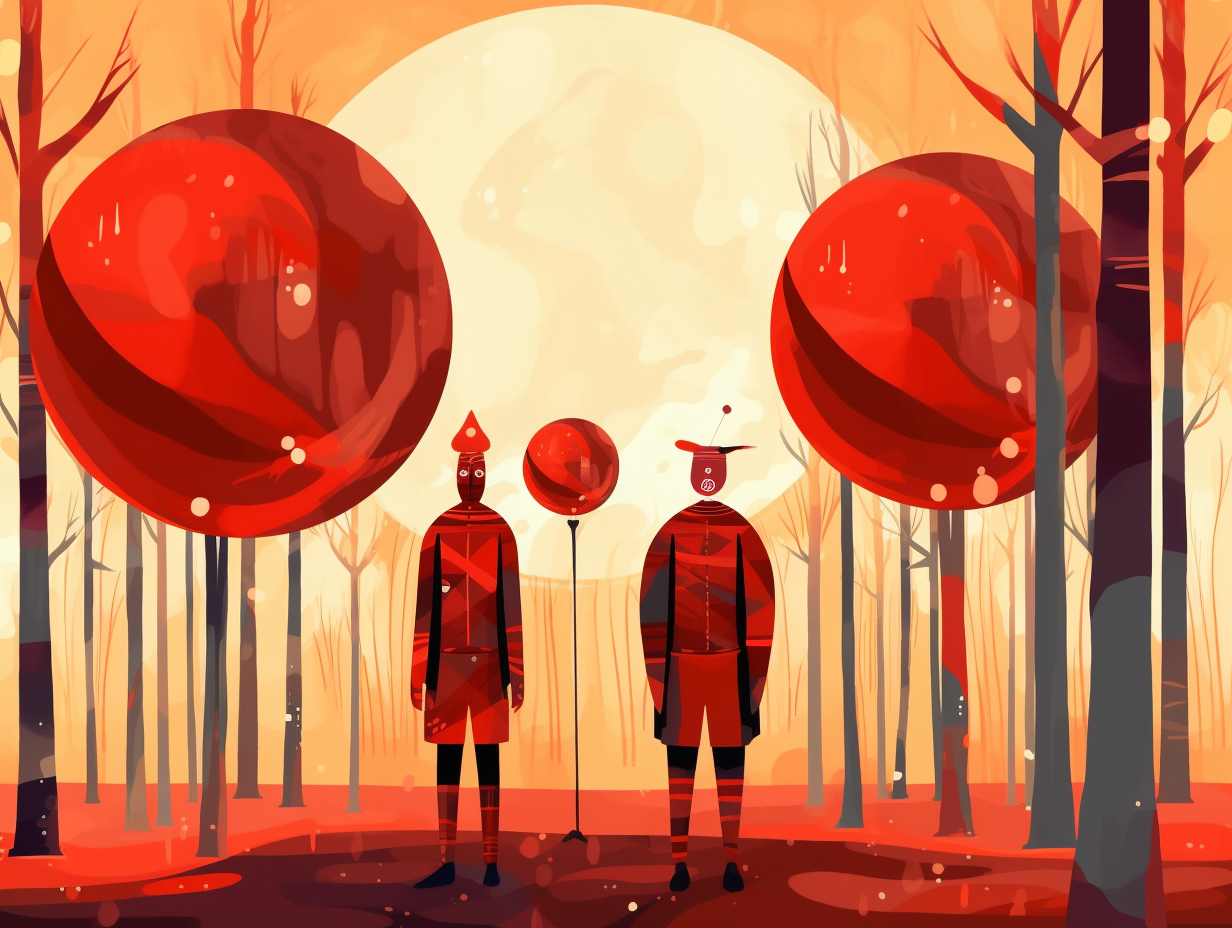
10. Red Giants: Celestial Celebrities
Just when you thought your Sun had a big ego, meet the red giants: enormous celebs who make the Sun look like a humble wallflower in comparison: These colossal stars can grow up to a whopping 1,000 times the diameter of our Sun, while maintaining an astonishing gravitational pull that puts our Sun's force to shame.
Source => space.com
11. Short-lived Party Guests
If red giants were party guests, they'd be the ones to down all their drinks and leave, long before the party is over: These colossal stars have a shockingly short lifespan compared to other stars, some lasting just 10 million years before exploding in a supernova, thanks to their high mass that causes them to consume their fuel reserves way faster than the smaller celestial beings.
Source => space.com
12. Mars-swallowing Red Supergiants
Imagine if you could give the Sun a jumbo-sized Snickers and watch it grow: Its outer atmosphere would engulf Mars! No, this isn't a bizarre interstellar chocolate ad, but a phenomenon that occurs in red giants: As they burn through their hydrogen stash, their temperature and density increase, causing a spike in luminosity, and voilà – an enormous, Mars-swallowing star like the red supergiant Betelgeuse is born.
Source => courses.lumenlearning.com
13. Stellar Gossip Galore
Ever wondered what a stellar gossip would sound like? It turns out that red giants aren't shy about baring their souls, thanks to a cosmic phenomenon known as asteroseismology: Essentially, these celestial chatterboxes spew out "stellar secrets" by undergoing vibrations, akin to earthquakes, which provide scientists rare glimpses into their very cores—making space for an unparalleled look at these aged, dying stars that hold many "seismic" secrets within.
Source => phys.org
Related Fun Facts


